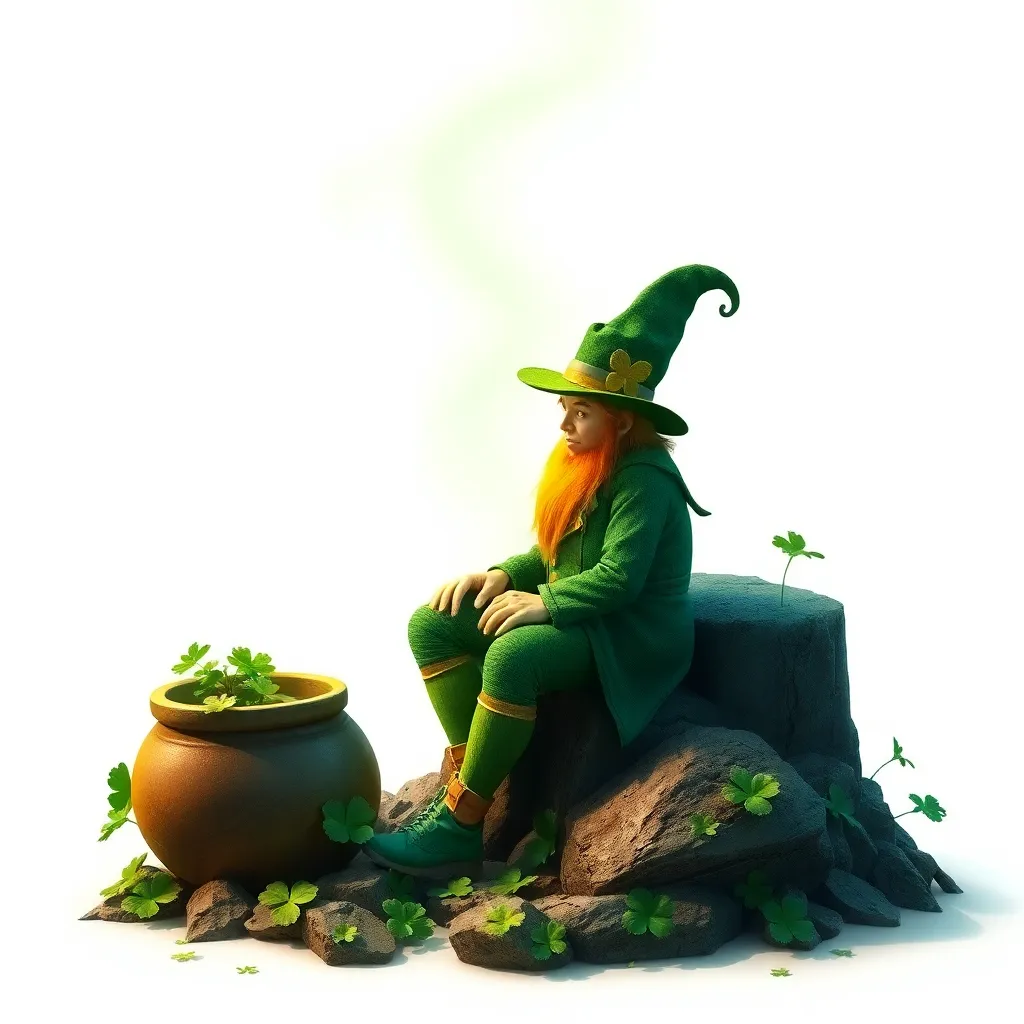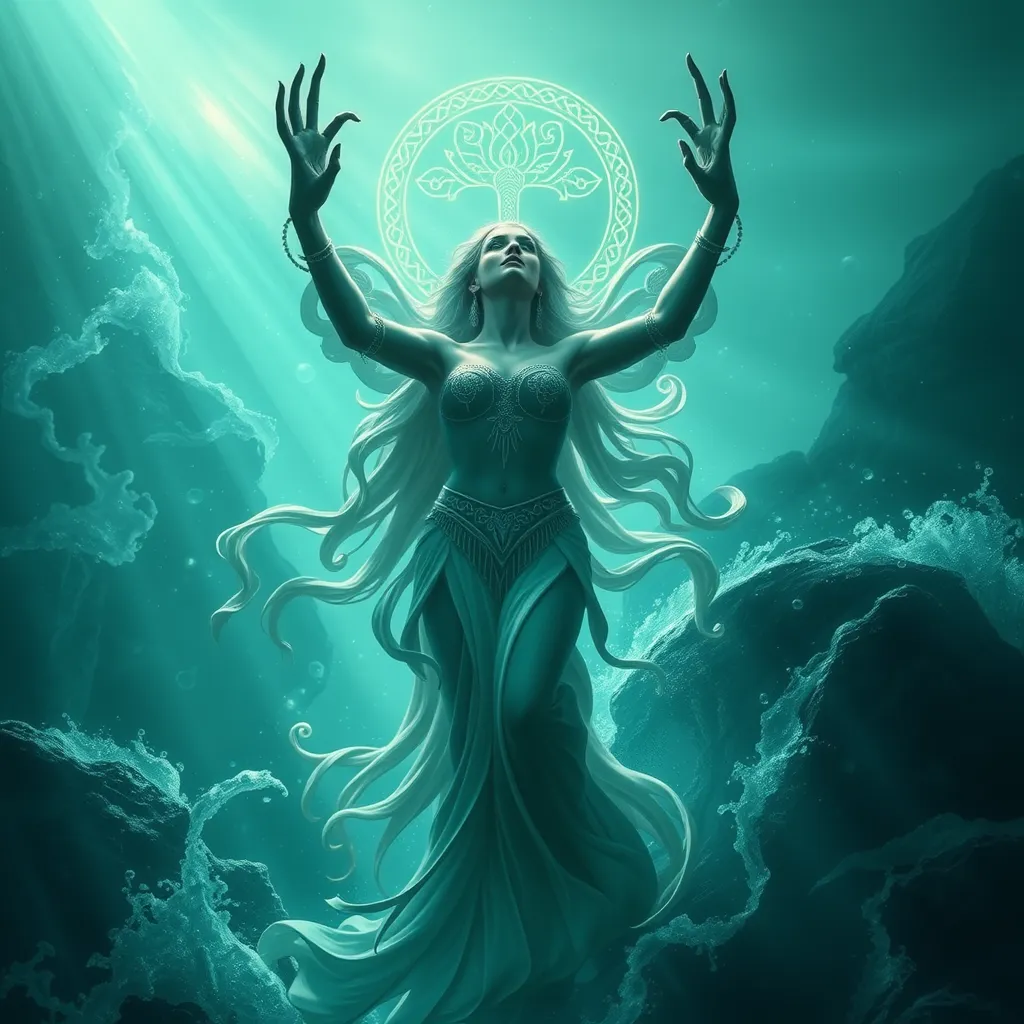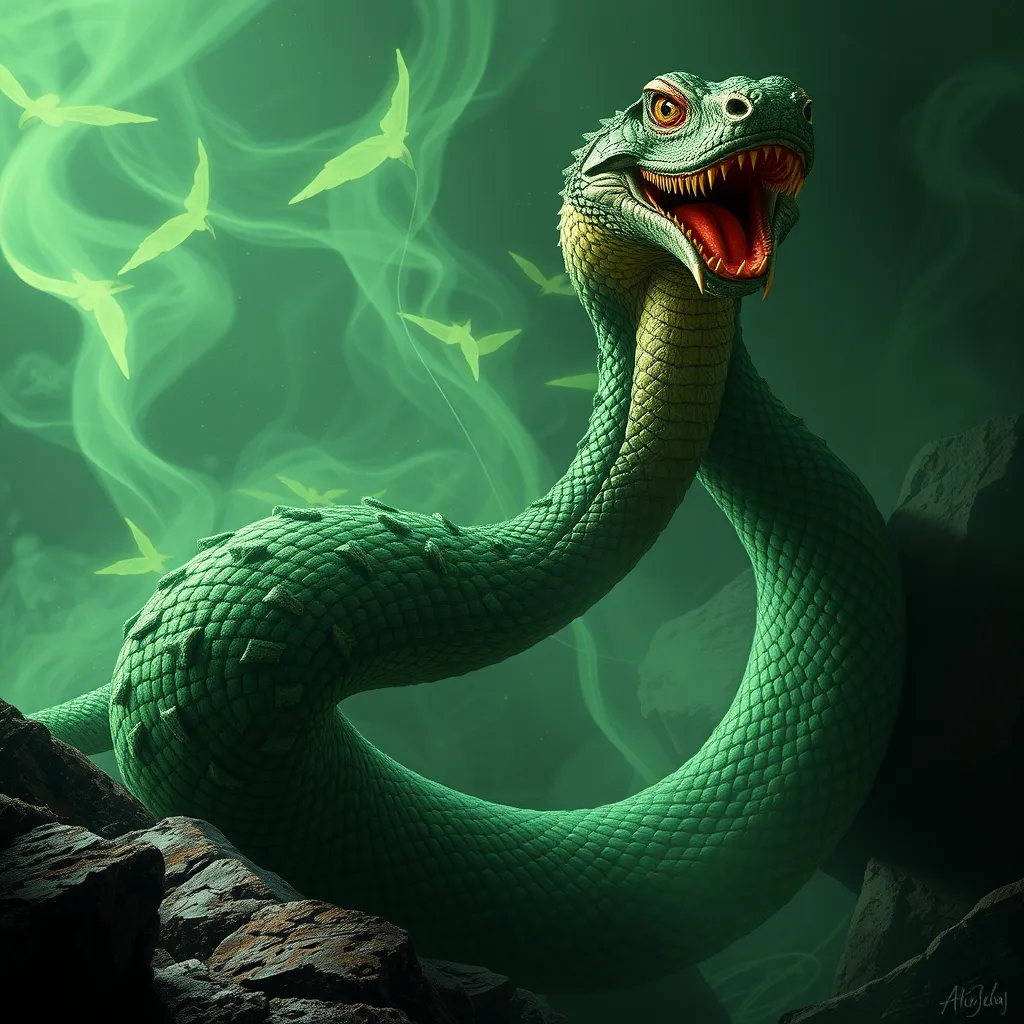The Leprechaun’s Digital Footprint: Exploring Leprechaun Myths in the Online World
I. Introduction
Leprechaun mythology is a rich tapestry of folklore that has captivated audiences for centuries. These mischievous little beings, often depicted as shoemakers with a pot of gold hidden at the end of the rainbow, are deeply entrenched in Irish culture. As we navigate the digital age, the significance of these myths has expanded, leading to the creation of a digital footprint that reflects contemporary culture and values.
This article aims to explore how leprechaun myths are represented in the online world, examining their origins, the role of social media, digital storytelling adaptations, commercialization, and the challenges of authenticity in these representations.
II. The Origins of Leprechaun Myths
The lore surrounding leprechauns dates back to ancient Irish mythology, where they were often associated with the Tuatha Dé Danann, a race of divine beings. Over time, leprechauns evolved into the small, bearded figures we recognize today.
Key characteristics of leprechauns include:
- Size: Typically depicted as small, often no taller than a few feet.
- Occupation: Traditionally portrayed as cobblers or shoemakers.
- Behavior: Known for their trickery, they often lure humans into traps or play pranks.
- Symbolism: Representations of wealth and the elusive nature of happiness.
As the stories of leprechauns spread, they absorbed various cultural influences, leading to diverse representations and adaptations that resonate with different audiences.
III. The Role of Social Media in Shaping Leprechaun Narratives
Social media platforms like Instagram and TikTok have become vital in shaping contemporary leprechaun narratives. Users share images, videos, and stories that reflect both traditional and modern interpretations of these mythical beings.
Popular trends include:
- Hashtags such as #LeprechaunLife and #LuckyCharms that promote engagement and community.
- Short skits and memes that humorously reinterpret leprechaun lore.
- Artistic renditions of leprechauns that challenge conventional portrayals.
The rise of user-generated content has significantly impacted how leprechauns are perceived, often merging traditional folklore with personal narratives and contemporary issues.
IV. Digital Storytelling: From Traditional Tales to Modern Adaptations
Digital storytelling has transformed how leprechaun tales are told. From animated films to podcasts, these adaptations breathe new life into age-old stories.
Some popular leprechaun-themed digital media include:
- Animated films that reinterpret the classic tales with modern humor.
- Podcasts that delve into the history and impact of leprechaun myths in popular culture.
- Web series that present leprechauns in relatable, contemporary scenarios.
This blending of folklore with modern themes allows for a richer exploration of the leprechaun’s character, demonstrating how these myths can evolve while still preserving their core essence.
V. The Commercialization of Leprechaun Myths Online
The commercialization of leprechaun imagery has surged in recent years, creating numerous merchandising and branding opportunities. E-commerce platforms showcase a variety of leprechaun-related products, from decorations to apparel.
Examples of successful leprechaun-themed marketing campaigns include:
- St. Patrick’s Day promotions featuring leprechaun mascots.
- Merchandise collaborations with popular brands that incorporate leprechaun lore.
- Digital advertising campaigns that use leprechauns to engage younger audiences.
This commercialization not only promotes leprechaun myths but also highlights their adaptability in the face of changing consumer preferences.
VI. The Influence of Memes and Viral Content on Leprechaun Myths
Memes have become a significant part of contemporary culture, and leprechauns are no exception. The proliferation of leprechaun memes provides insight into their cultural significance and how they are perceived in modern society.
Key aspects include:
- Humorous takes on leprechaun myths that resonate with wider audiences, often using satire.
- Viral content that challenges traditional narratives, promoting a more playful interpretation of leprechauns.
- The blending of humor and folklore, showcasing how ancient stories can find new life through laughter.
This intersection of humor and tradition illustrates the dynamic nature of folklore in the digital age.
VII. The Challenges of Authenticity in Digital Representations
As leprechaun myths find their way into digital spaces, challenges regarding authenticity arise. The tension between traditional folklore and modern interpretations can lead to cultural misrepresentation.
Key issues include:
- Cultural appropriation, where elements of Irish culture are commodified without proper context.
- Misrepresentation of leprechauns, reducing them to stereotypes that do not reflect their rich heritage.
- Strategies for preserving authenticity, such as promoting educational content that honors traditional stories.
It is crucial to navigate these challenges thoughtfully to ensure that leprechaun myths are represented respectfully and authentically online.
VIII. Conclusion
In summary, the exploration of leprechaun myths in the digital age reveals a multifaceted representation that spans from traditional tales to modern adaptations. The ongoing relevance of these myths, fueled by social media, digital storytelling, and commercialization, showcases their adaptability and enduring appeal.
As we look to the future, the study of folklore in online contexts will continue to evolve, providing opportunities to engage with these stories in innovative ways while preserving their authenticity and cultural significance.




